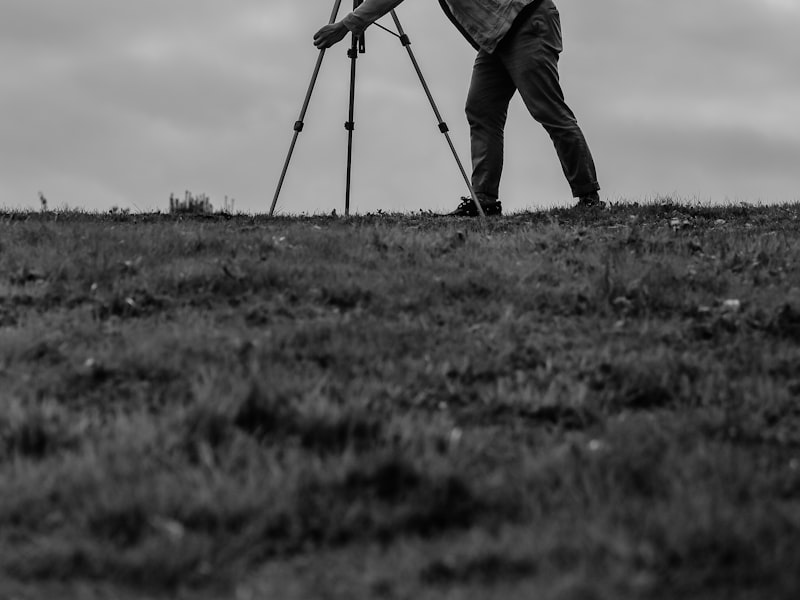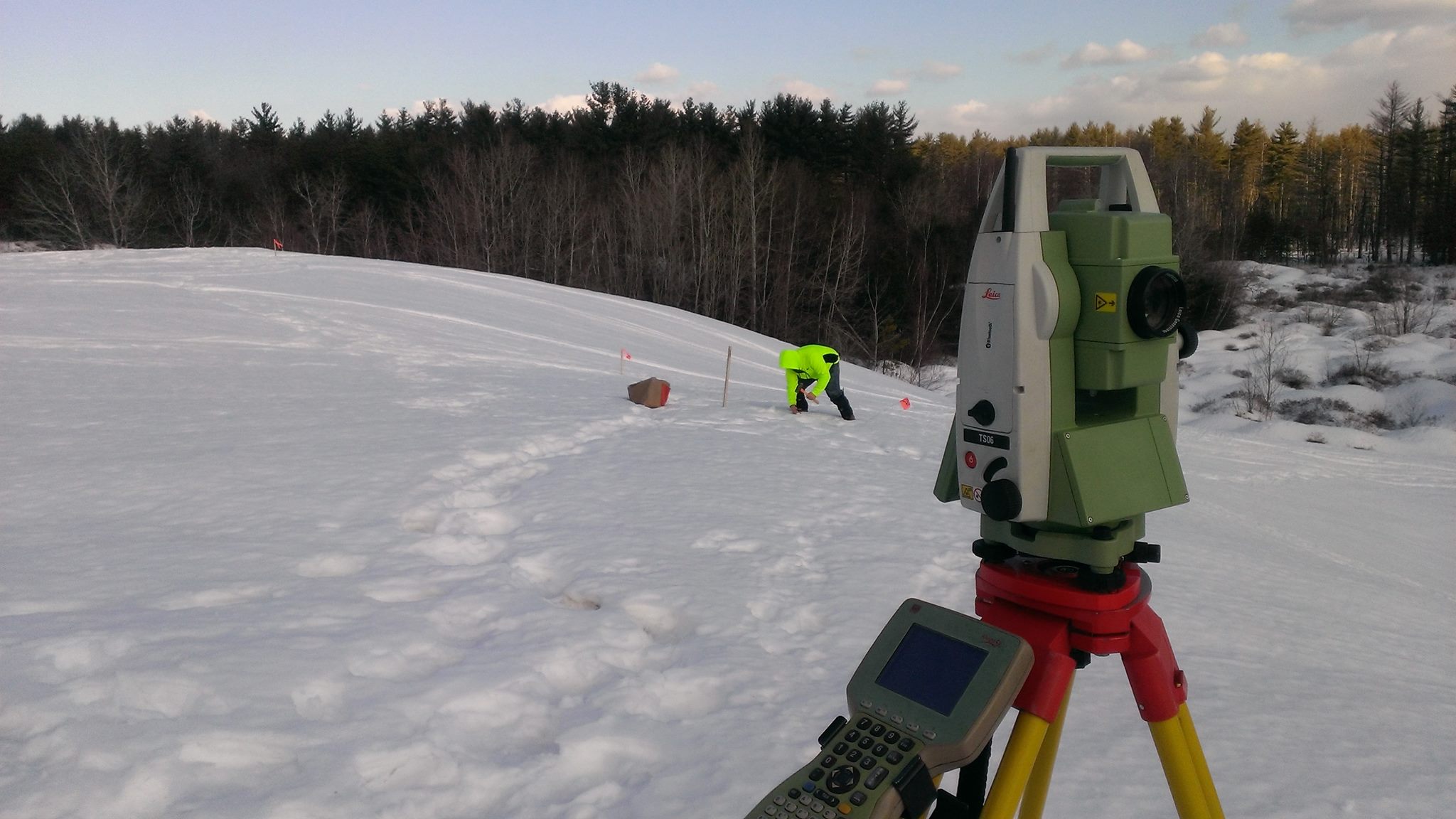Archaeological Land Surveying

Archaeological surveying is a particular type of land surveying conducted to precisely report the sees produced in an archeological site or in order to show the relationship of the archaeological site to the landscape. This survey is generally undertaken at the get of archeologists or perhaps gov departments, and calls for the use regarding GIS, GPS, airborne photography, and various other methods. Generally, these types of surveys are executed just as remotely as possible to be able to avoid disturbing typically the archaeological site.
While often undertaken at Land Surveys Yorkshire of the excavation, one important use of archaeological land surveying comes just before any of typically the area has been excavated. Land surveying methods can be used to discover the sites prior to excavation. Previous uses of the land can leave bodily marks on typically the modern landscape, like as raised side rails where the walls of buildings when stood. In a lot of cases, these functions cannot be observed when on typically the ground. Land surveying methods, however, can make maps which demonstrate to them from an aerial vantage point displaying elevation changes, which usually can make like features clear. This particular map can after that be turned into a new grid which guides the archaeological excavation of the site.
The aim associated with archaeological land surveying is to be as non-intrusive because possible. Unlike many land surveys, it may not end up being feasible for the surveyor to traverse typically the entire landscape on foot because of the sensitive mother nature of the archaeological finds. The kind of survey carried out on archaeological web sites is often known as a 'geophysical survey, ' and it may possibly be conducted using LiDAR or some other high-tech ways of surveying the area with out setting foot on the actual terrain. In some cases, specialized equipment could map not simply the above-ground artifacts (at the present stage of excavation) but also achievable archaeological features buried underground. In the particular same way since above-ground surveys happen to be constructed, the readings taken from the equipment become a dataset, which can next be rendered as being a visible map in the area.
The result of an archaeological survey is a high-resolution image of typically the terrain. This exhibit can take several forms depending in the intended aim of the survey. It might be two-dimensional, recording the positioning of the web-site and surrounding surfaces. It could be three-dimensional, delivering details about the particular layout in the archaeological site, such as the level of any wall space uncovered. Occasionally, this kind of data enables you to generate a virtual 'fly through, ' or a 3D image that may be manipulated to display the view outside the window from several points.

The effects of an archaeological survey conducted after the area has recently been excavated become the record of the layout that can become when compared to later surveys to determine the stability of the archaeological web site and record any kind of damage since typically the site has already been excavated. This map may also be used as an all-encompassing view regarding the structures identified by an archaeological excavation, providing the basis for research as well as other activities. In several cases, archaeological land surveys might also be needed as evidence intended for the listing of such sites in registers of ancient places.
